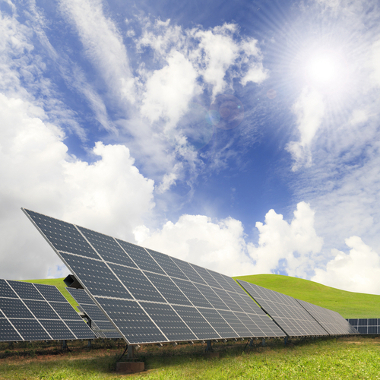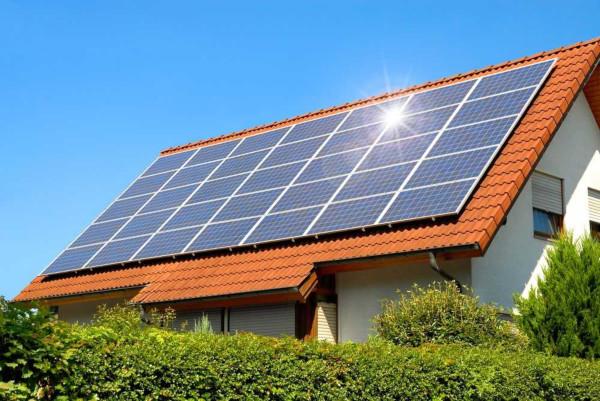Human beings and societies need electricity for almost everything today. We use electricity to shower, light our homes and streets, watch TV, access the internet, charge cell phone batteries, among countless other things. However, for the production of energy, human beings cause a lot of aggression to the environment, as is the case in thermoelectric and hydroelectric plants.
So some scientists thought: why not make use of the Earth's most abundant energy source, the sun's heat? After all, it is clean and renewable. Since then, several researches have been developing some forms of electricity and heat production from solar energy. In 2013 alone, around 1.5 billion dollars was invested in this important source of energy.
But how does solar energy work?
There are two ways to harness solar energy: photovoltaic and thermosolar.
Photovoltaic energy is produced through plates, usually made of silicon. These boards, also called Photo-voltaic cells, act in the reception of photons (present in the sun's rays) and in the production of electrons from them, which is responsible by generating electricity in a process called the “photoelectric effect”, discovered by the famous scientist Albert Einstein.

Example of a photovoltaic cell, a solar energy board
Thermosolar energy, on the other hand, is produced from heating generated by the sun, in which heat is transformed into electricity through the production of steam, which is responsible for turning turbines connected to power generators.
Solar energy is used in homes located in regions with high insolation, using heat both for energy production and water heating, and also in so-called solar power plants, which are still few in the world. The countries that generate the most energy from solar plants and residential panels are, respectively, Germany, China, Italy, the United States and Japan.

Image of a solar power plant
Solar energy has the advantage of being renewable, abundant, occupying little space and, above all, not emitting polluting gases into the atmosphere. On the other hand, solar energy production systems are very expensive and dependent on climatic conditions, in addition to having low yield and little capacity for storage.
By Rodolfo Alves Pena
Graduated in Geography


